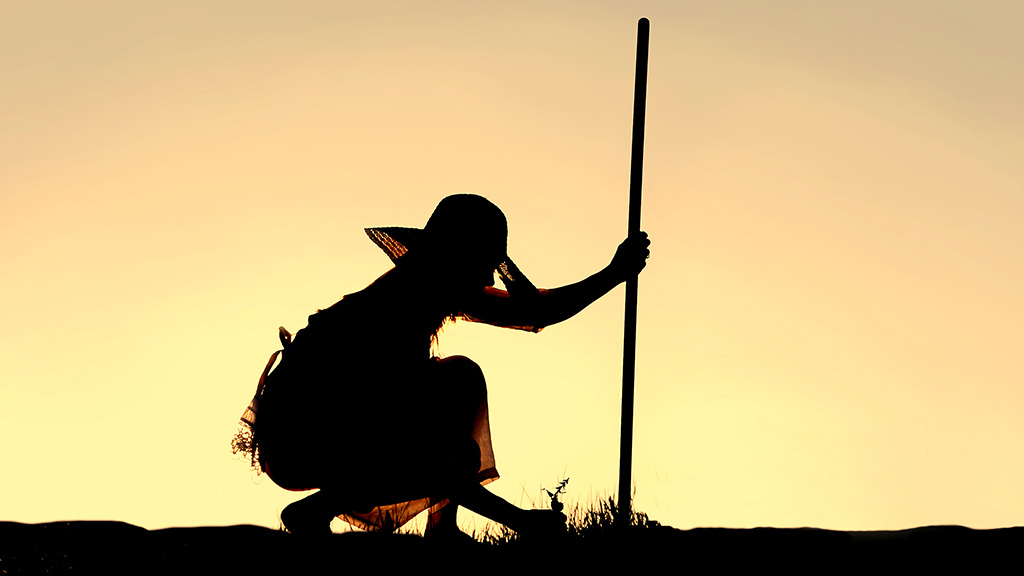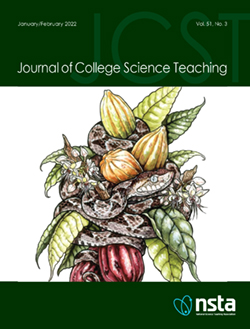Archive: Teacher Tip Tuesday: Prepare to Present! How You Can Rock the New Ten-Minute Presentation Options at NSTA Chicago (and Beyond)! March 8, 2022
Want a bite-size way to present at NSTA? Come learn about the two new, low-stress presentation options at NSTA Chicago and dip your toes into sharing your work. You’ll learn tips from the NSTA Professional Learning Committee, hear from a panel of teachers who have tried these themselves, and have a chance to ask questions. We hope to see you there!
Want a bite-size way to present at NSTA? Come learn about the two new, low-stress presentation options at NSTA Chicago and dip your toes into sharing your work. You’ll learn tips from the NSTA Professional Learning Committee, hear from a panel of teachers who have tried these themselves, and have a chance to ask questions. We hope to see you there!
Want a bite-size way to present at NSTA? Come learn about the two new, low-stress presentation options at NSTA Chicago and dip your toes into sharing your work. You’ll learn tips from the NSTA Professional Learning Committee, hear from a panel of teachers who have tried these themselves, and have a chance to ask questions. We hope to see you there!
Want a bite-size way to present at NSTA? Come learn about the two new, low-stress presentation options at NSTA Chicago and dip your toes into sharing your work. You’ll learn tips from the NSTA Professional Learning Committee, hear from a panel of teachers who have tried these themselves, and have a chance to ask questions. We hope to see you there!





